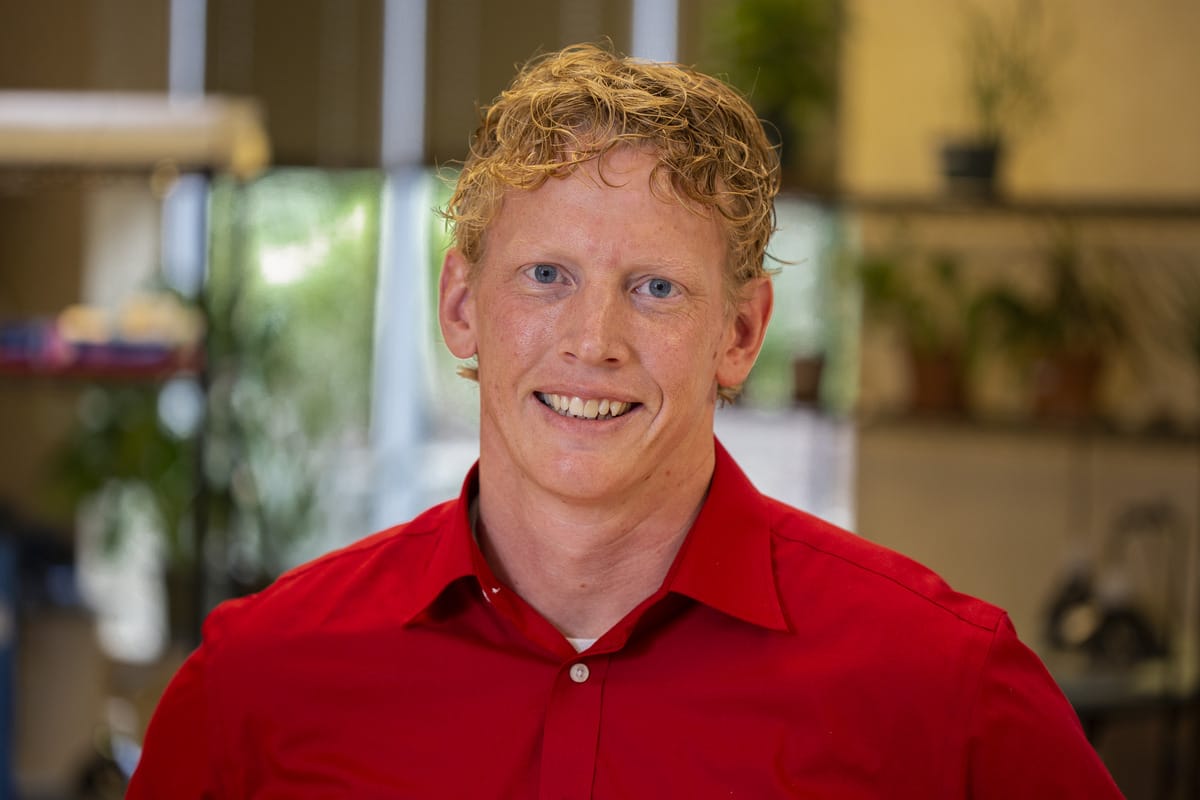Are you ready to have your mind blown?
Going back across generations, your ancestors and your ancestor’s ancestors form an unbroken link between you and the dawn of life itself. If any chain in that link had been broken, you wouldn’t exist. But you do — a chain in a link going back millions of years.
It reminds me of one of this year’s scientific triumphs.
The recently launched James Webb Space Telescope, almost a million miles from Earth, has turned its mirrors to the blackness of space and begun to look deeply into an unfathomably large universe. One of its missions will be to capture and process infrared light that’s been traveling through the universe since the universe was very young.
A ray of light’s long journey is a lot like your chain of ancestors. For thousands of millions of years, a photon has been traveling across space. It’s avoided running into anything — no planets or stray meteors have absorbed it. Someday soon, it will collide with a mirror on a telescope in space. It will help humankind understand the universe just a little more deeply.
Just Think…
Science itself is like that. It builds upon itself — day by day, year by year. Today’s researchers stand on the shoulders of giants, and their shoulders will be stood upon by unborn generations of thinkers who come after.
That’s why I love to share stories of scientists of the past with my students. And with Black History Month upon us, it’s a great time to consider the contributions of people who have often been overlooked — to consider their place in the great chain of thinkers who have helped us create the world’s wonders.
One of our Timely Topics this February is Celebrating Black History Month. It includes an activity, STEM-ing from the Past, that helps students explore some great Black scientists, engineers, and inventors — and makes them curious to learn more. Here are just a few of the individuals you can highlight for your class.
Notable Names…
- Euphemia Lofton Hayes: This scientist and educator became first African American woman to receive a Phd in Mathematics in 1943.
- George Carruthers: George Carruthers’ creations, like the ultraviolet camera, helped NASA explore the mysteries of space and the Earth’s atmosphere.
- Valerie Thomas: Another prominent inventor, Thomas created the illusion transmitter and developed the digital media processing systems used to create satellite imagery.
- Mae C. Jemison: In 1992, Jemison became the first African American woman to travel in space.
These individuals overcame significant barriers to accomplish great things. Teaching students about them can instill great lessons about perseverance. It can help more and more students envision themselves as contributors to the long and powerful story of science.
*Image courtesy of Hubble Telescope via Wikimedia Commons.

